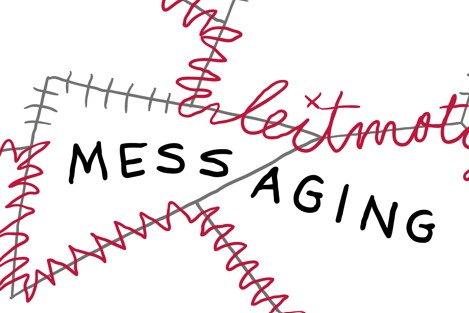
I was asked to give a client some tips on how to record video messages for EU advocacy. Here are some of the ideas from the handout, in case any of you are thinking about doing something similar and want a quick how to guide.
As a heads up, I do not discuss whether you should make videos i.e. the strategy, nor the technical side. There are way better qualified people than me who do that in Brussels.
These are purely practical pointers, and focus on how to create and deliver interesting video messages.
- Don’t start preparing your messages/speaking points until you know who your ideal audience is and what you want them to do with your message. If you have realistic intentions, this should mean you want your audience to absorb, remember and think about your message afterwards. Note: your target audience may actually be only three MEPs’ assistants, but if you are putting videos on social media you need to take a broader audience into account.
- Decide how you will talk about the organisation you work for/are representing. This means getting guidance from managers about when to say ‘We’ and when to say ‘I’. Yes, you are speaking on behalf of your place of work, but you are also an individual who should be able to bring a more personalised perspective, provided it supports the message and does not contradict the official position of your organisation. Standardise which voice you use across your organisation.
- When should I refer to my audience as ‘You’? There is no absolute rule to this, but it is undoubtedly true that addressing your audience directly can be effective at getting and keeping attention. It can also bomb. Generally, referring to your audience as ‘You’ is good for creating intimacy, or if you have a positive, reassuring and sufficiently general message to deliver. If you are cross with a few people at the Commission about some pending policy change, there is the risk that you will come across as petulant and defensive if you accusingly ask: ‘Do you REALLY want this/have us do this?’.
- Recognise the limits and opportunities of the short clip format. It is entertainment and personalisation of policy first, information second. Crucially, when you are speaking, as opposed to writing, you are in charge of how the audience receives the information, not just the information itself. And most of us (including experts) don’t handle complexity well when it is spoken at us.
- Keep it Simple Keep it Short. Aim to record two minutes maximum (90 seconds is even better) and put the good stuff at the beginning, as people will have no qualms about disconnecting if you are boring. So yes, this means no summaries of 80-page reports or technical analyses sneaking in. Focus on one key message with a catchy phrase that goes at the beginning plus a bit of colour in the form of examples/props etc. Use short words, short sentences and no jargon. I am happy to arm wrestle you to get my way on this.
- Do a warm-up. Or even better, prepare with oral delivery in mind. Talk your points through in your own words and try not to read out a script, as it will probably sound robotic unless you are a natural (hint: most of us aren’t).
- Get comfortable, or at least familiar with the camera/other technology before you record. Otherwise, you could well come across as though you are addressing the North Korean Congress of the Workers’ Party, which I somehow doubt is your desired effect.
- Take a friend to help relax you. Tag team your recordings so that you can help each other out.
- Talk to the camera as though it’s a person. It often takes people a while to relax and become more comfortable with the artifice of on camera recording. If you really can’t relax, put a post it note under the camera, or a picture on top of it. I call my camera Cyclops and I have a post it note under it that says, ‘It’s me you love’. If that still doesn’t work, get a colleague/family member to stand behind it as a kind of emotional support animal.
- Fake more enthusiasm than you feel but don’t confuse this with pace. You should aim to speak at a measured and convinced pace, emphasising key words and leaving pauses between key ideas so that your audience can absorb them.
